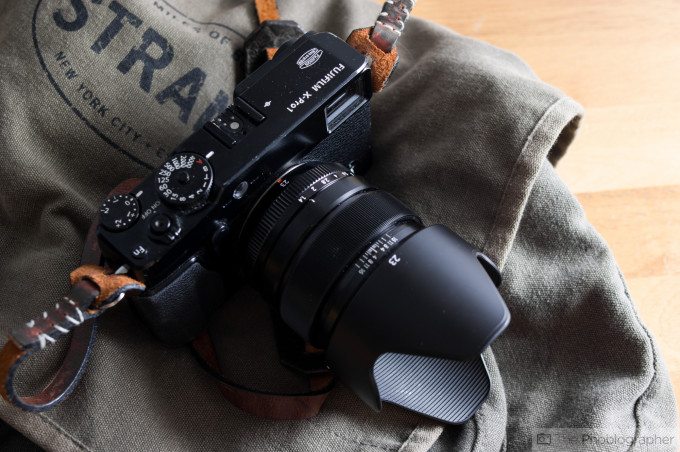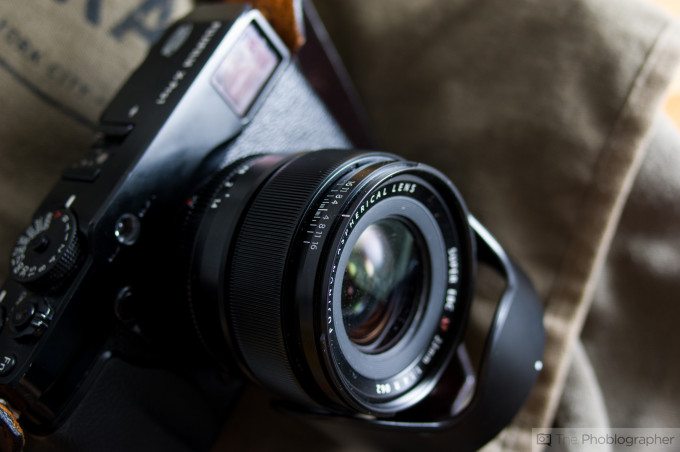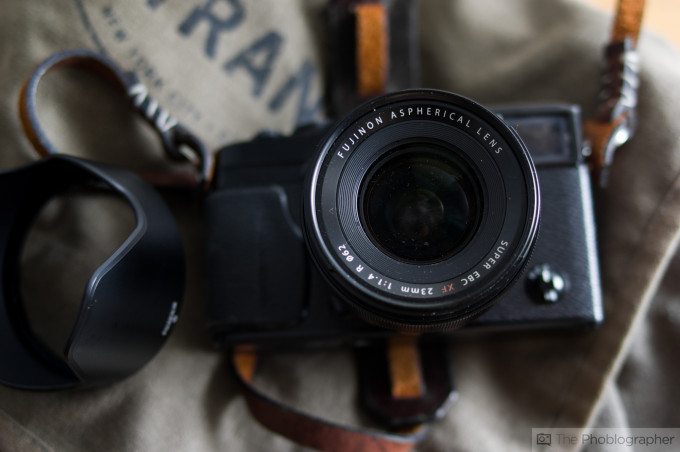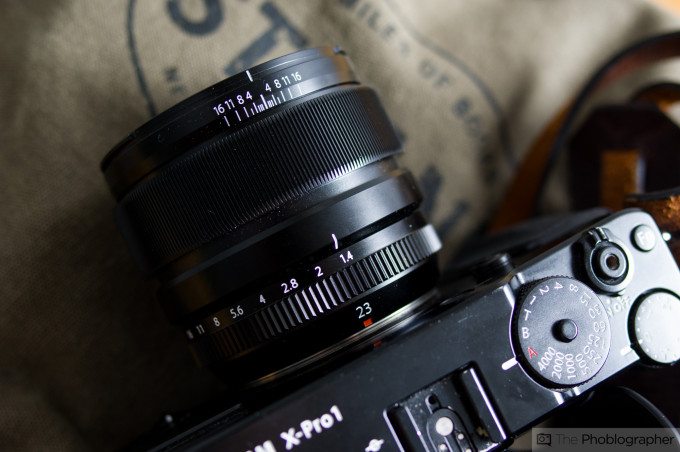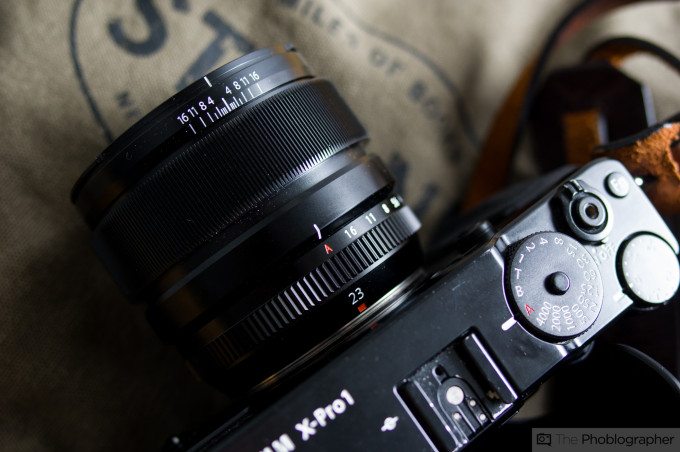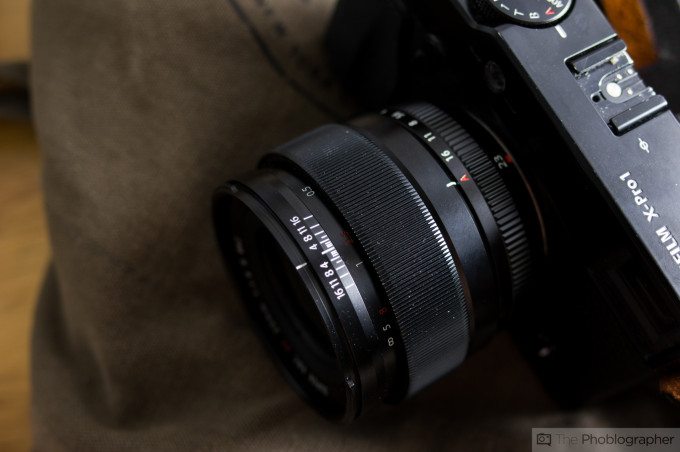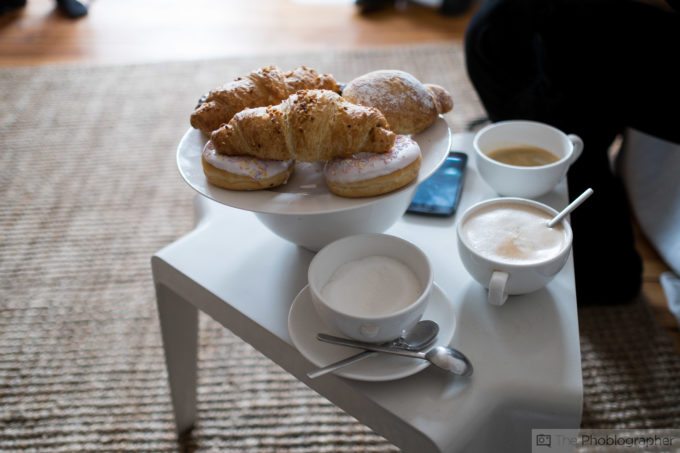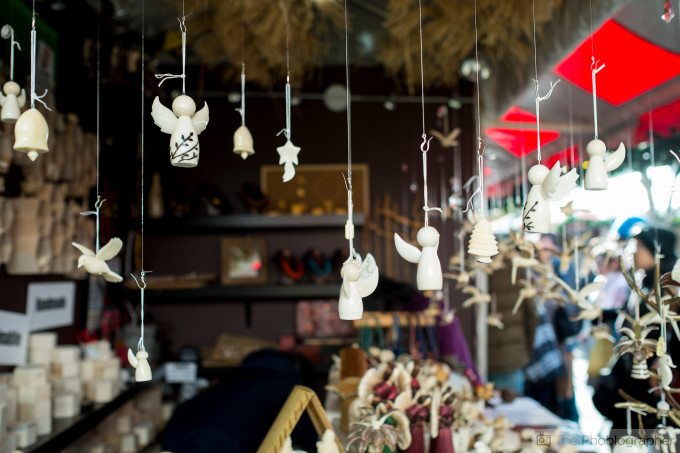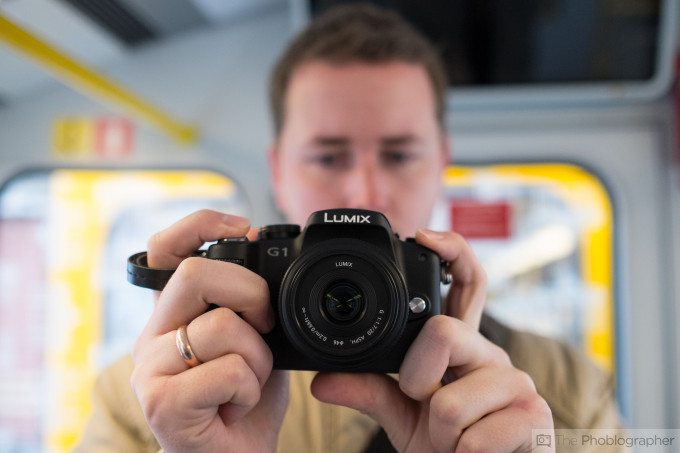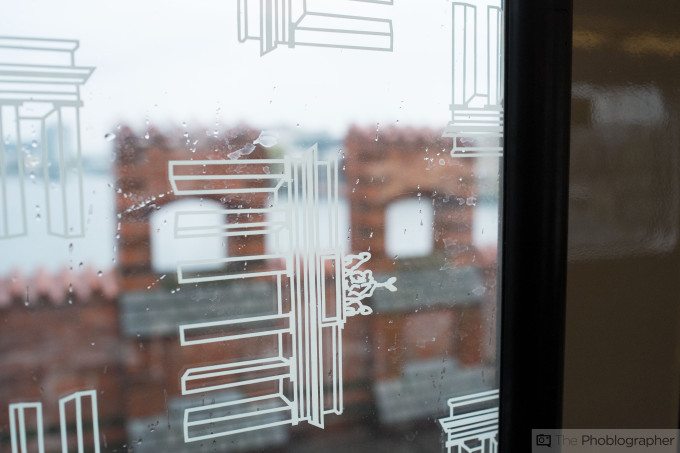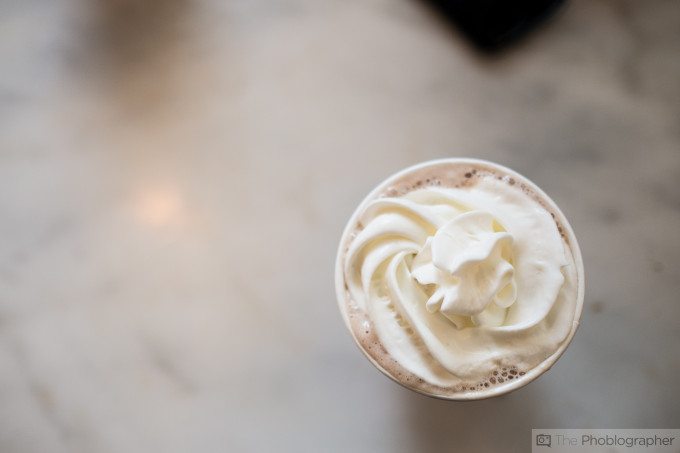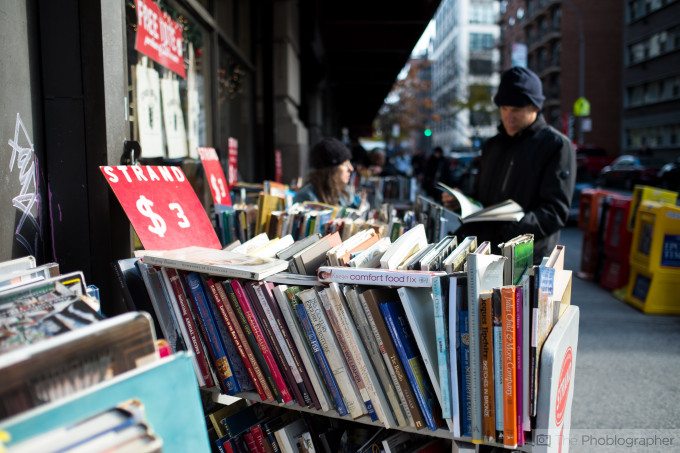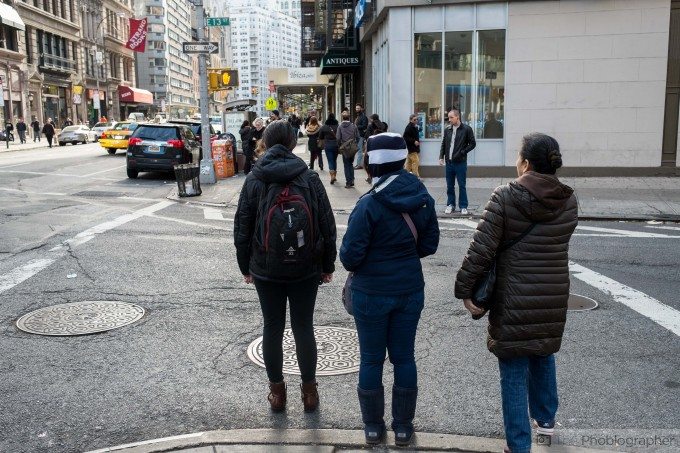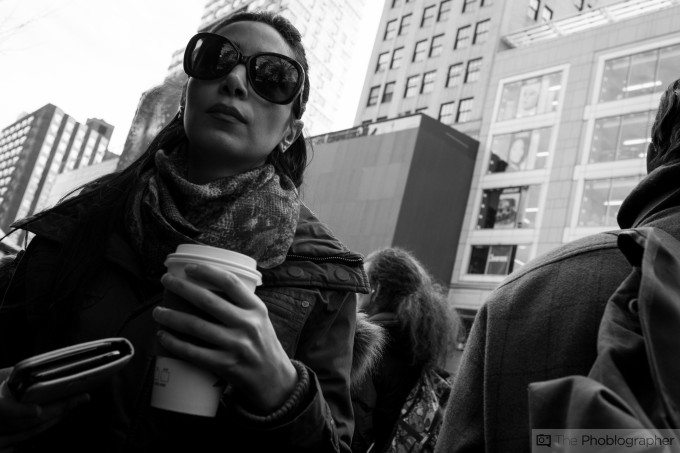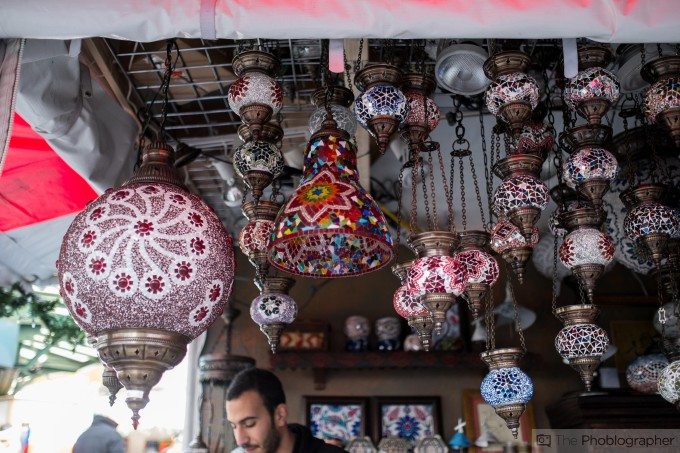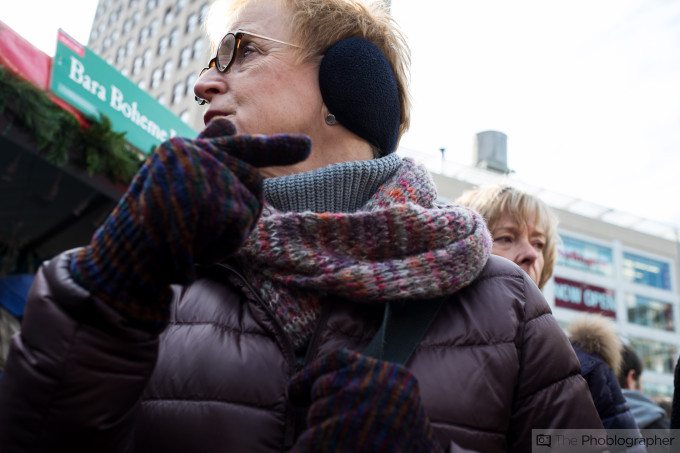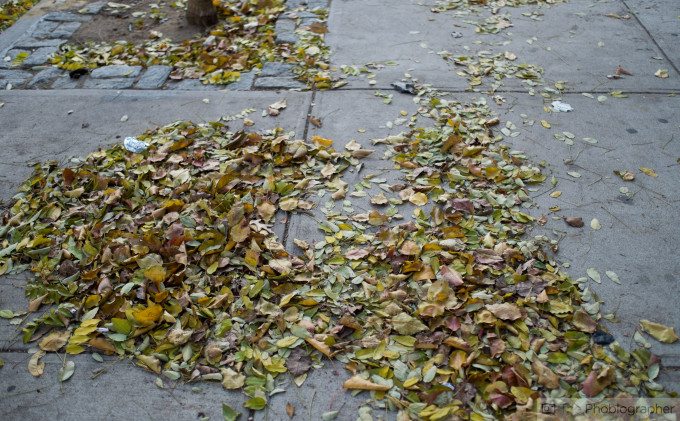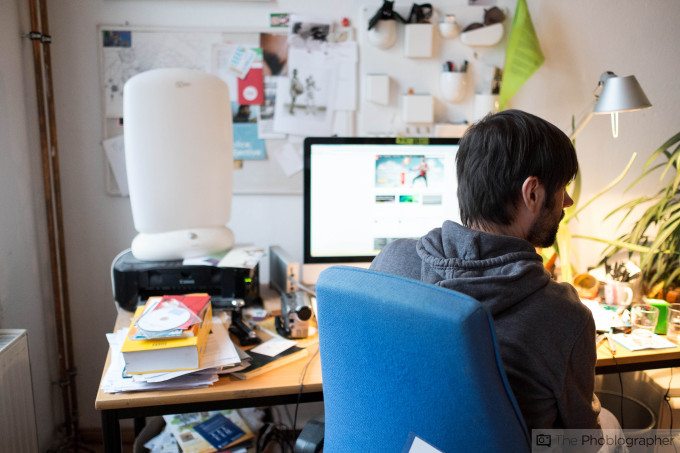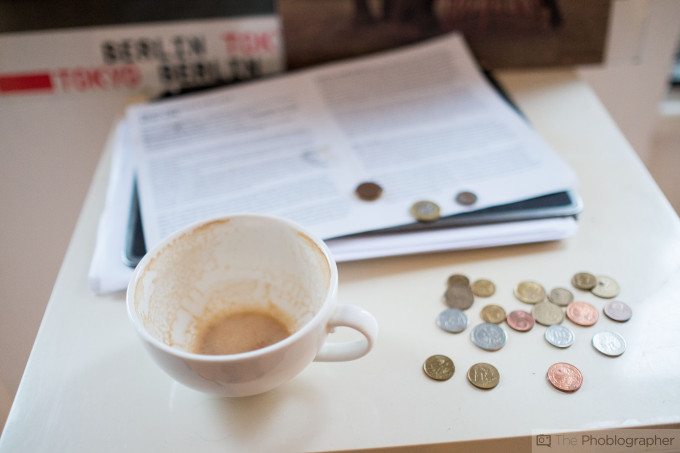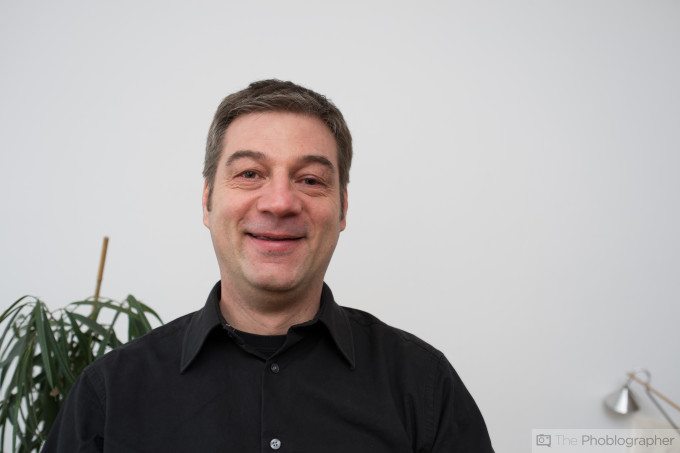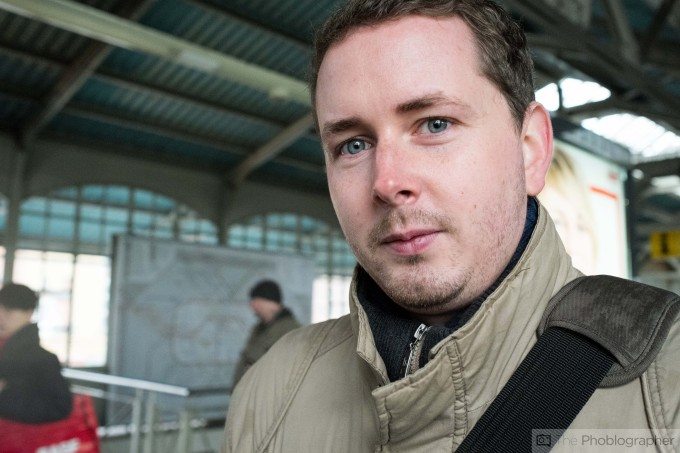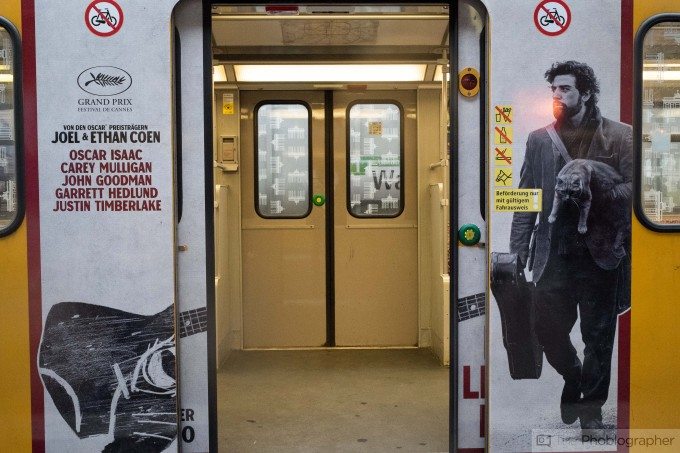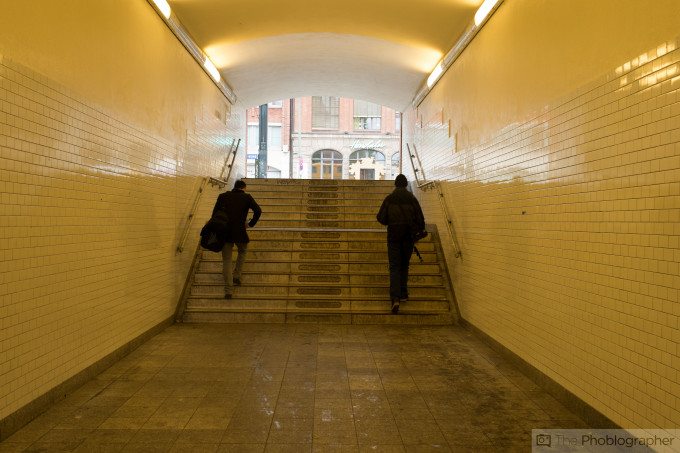Last Updated on 11/25/2013 by Felix Esser
Fujifilm’s 23mm f1.4 will render an equivalent of 35mm on Fujifilm’s APS-C X series cameras. As one of the classic focal lengths, this has been a lens that photographers have been asking for for a while. The lens features a minimum focusing distance of around 11 inches, 11 lens elements in 8 groups, an all metal build, a snap-back style focusing ring that lets you toggle between autofocus and manual focus, and overall just some seriously beautiful image quality. And there is very little to complain about with this lens.
Justifying the purchase of $899 to yourself though, will be one of the toughest things to do.
Pros and Cons
Pros
– Superb image quality
– Beautiful bokeh
– Lots of great sharpness with even a bit of what seems like micro-contrast
– Well built
– Snap back focusing ring
Cons
– Expensive
Gear Used
We tested the Fujifilm 23mm f1.4 with the X Pro 1, PocketWizard Plus IIIs and the Lumopro LP-180.
Tech Specs
Taken from the B&H Photo listing of the product
| Features | |
|---|---|
| Autofocus | Yes |
| Physical | |
|---|---|
| Filter Thread | Front: 62 mm |
| Dimensions (DxL) | Approx. 2.83 x 2.48″ (72 x 63 mm) |
| Weight | 10.6 oz (301 g) |
Ergonomics
The 23mm f1.4 is a lens that is built interestingly and different from most of the other modern autofocus lenses. Fujifilm has always chosen to go for more of a retro approach to their looks; and it’s worked quite well for them. With that said, the front element of the lens has the standard filter ring and looks the same as any other lens that you can think of.
Without the lens hood, the overall package is also smaller.
This lens has an aperture ring and a focusing ring. These two controls comprise of most of the body. The rest is all brushed metal that feels wonderful in the hand–even in the cold.
The aperture ring on this lens has an A setting. This means Auto, and can be used for Program auto mode or Shutter priority mode. Otherwise, the user can choose any aperture setting they please.
As we’ve stated, this is a pump-action focusing ring. It doesn’t move otherwise, even when the camera’s switch is set to MF mode. Only when it is pulled back does it spin around.
Build Quality
The Fujifilm 23mm f1.4 is built better than anything Leica has made. Of any of the compact system lenses ever made, we’d actually argue that this lens is THE BEST. Unfortunately, it doesn’t incorporate weather sealing. However, its balanced feel and very slight heft on top of the rugged metal makes it stand out from many of the rest.
Autofocus
For what it’s worth, the Fujifilm 35mm f1.4 focuses faster than the 23mm f1.4; and the reason for this could be that the former is a smaller and lighter weight lens. However, the 23mm f1.4 is no real slouch–though it should be noted that Fujifilm’s focusing is slower than the likes of Micro Four Thirds, Sony and Samsung.
When it came to street photography, we preferred to manually focus the lens using the zone focusing system (also known as hyperfocal length shooting.) This method is consistently better when done correctly. After getting to know the lens, you’ll also start to realize when you should be using autofocus and when you shouldn’t.
Ease of Use
Like every other autofocus lens out there, you simply point, focus and shoot. That’s really all there is to it for the most part. That is if you’re shooting in Program auto. Otherwise, you should be aware of the aperture ring and the snap-back focusing ring.
Image Quality
When you first mount the 23mm f1.4 to your camera, something really magical happens after you get the first photo that you really love. Using the lens will bring back a nostalgia that you may have had when first creating your earliest film images.
All that we can really say is that it is pure magic.
With that, note that the 23mm f1.4 lens has excellent sharpness (though it could be better wide open), wonderful color rendition when using one of the Neutral color profiles, exhibits a touch of micro contrast, and has some extremely creamy bokeh.
While some may say (and I’ve heard this) that this lens is the best in the entire system, we still think that the 35mm f1.4 is a bit harder to beat–this is even considering my love affair with the 35mm field of view.
Color Rendition

ISO 250 1/130th and f2.8
When it comes to color rendition, this lens was designed with the idea that it should work with all of Fujifilm film renderings offered on their cameras. While this may be true of any lens, we feel that it is more true with this one than any other in the line up.
When using Astia’s color rendition, the lens gave us image quality that really embraced the film profiles more than any other. With that said, skin tones are excellent and colors are otherwise still a bit muted vs Fujifilm’s other lenses.
Sharpness
Wide open performance of this lens isn’t its strongest feature. Sure it’s sharp, but we’ve seen sharper most definately. Stopping down to F2 gives you a beautiful balance of bokeh and sharpness. The lens reaches its sharpest point at around f5.6 where it is bleeding sharp. Even at F8, the sharpness still holds up quite well despite diffraction starting to happen due to the sensor size. If you’re a street photographer that embraces the, “F8 and be there” mentality, then you’ll actually be quite pleased.
Bokeh
The bokeh from this lens is beautiful, but walks the line between being hazy and creamy. We’ve surely seen creamier bokeh, and indeed we believe that the bokeh offered from the SLR Magic 23mm f1.7 is better than Fujifilm’s despite their sharpness being superior. Part of this may have to do with the SLR Magic design mimicking more of an old school medium format lens look to it.
Granted, the SLR Magic variant is also significantly more affordable.
Color Fringing
In our tests, we weren’t able to find any color fringing unless we boosted the contrast in the post-production phase. For that reason, you can rest assured that you’ll be okay if you’re the type to complain about this issue in forums.
Here are some extra image samples. AS ALWAYS, THE EXIF INFO IS IN THE FILM NAME OF THE IMAGE
Conclusions
Though the Fujifilm 23mm f1.4 is expensive, could be sharper wide open, and faces off against competitors with better bokeh it is being awarded our Editor’s Choice rating. Why? Overall, it is the most versatile lens that you can use for the Fujifilm X series system and we considering to be the single best lens for Street Photography using mirrorless cameras out there. This is due to the autofocus offering and the clearly readable depth of field scale on the lens when shooting with the zone focusing method.
For what it’s worth, the lens will help you to create beautiful images that you’ll be incredibly proud of. We also believe that it may becomes your everyday lens that you can use to document all of life’s happenings. Indeed, you can use this focal length for food, portraits, candids, etc.
When combined with the still very good performance of the lens, the 23mm f1.4 is still the most versatile lens that the company has ever created. And for that reason alone, you should be ecstatic about what Fujifilm is doing for the system.
You can purchase yours from B&H Photo or Amazon.
Recommended Cameras and Accessories
– Fujifilm XE-2: Fujifilm’s mid-range mirrorless camera will focus quickly with this lens on top of giving exceptional image quality that really can’t be beat in the APS-C arena.
– Fujifilm X Pro 1: The company’s current flagship camera will feel the best with this lens ergonomically. The image quality is also damned great.
– Lumopro LP-180: To get the most from the image quality, we recommend using a flash to bring out some of the extra sharpness that specular highlights can give you.
Please Support The Phoblographer
We love to bring you guys the latest and greatest news and gear related stuff. However, we can’t keep doing that unless we have your continued support. If you would like to purchase any of the items mentioned, please do so by clicking our links first and then purchasing the items as we then get a small portion of the sale to help run the website.


